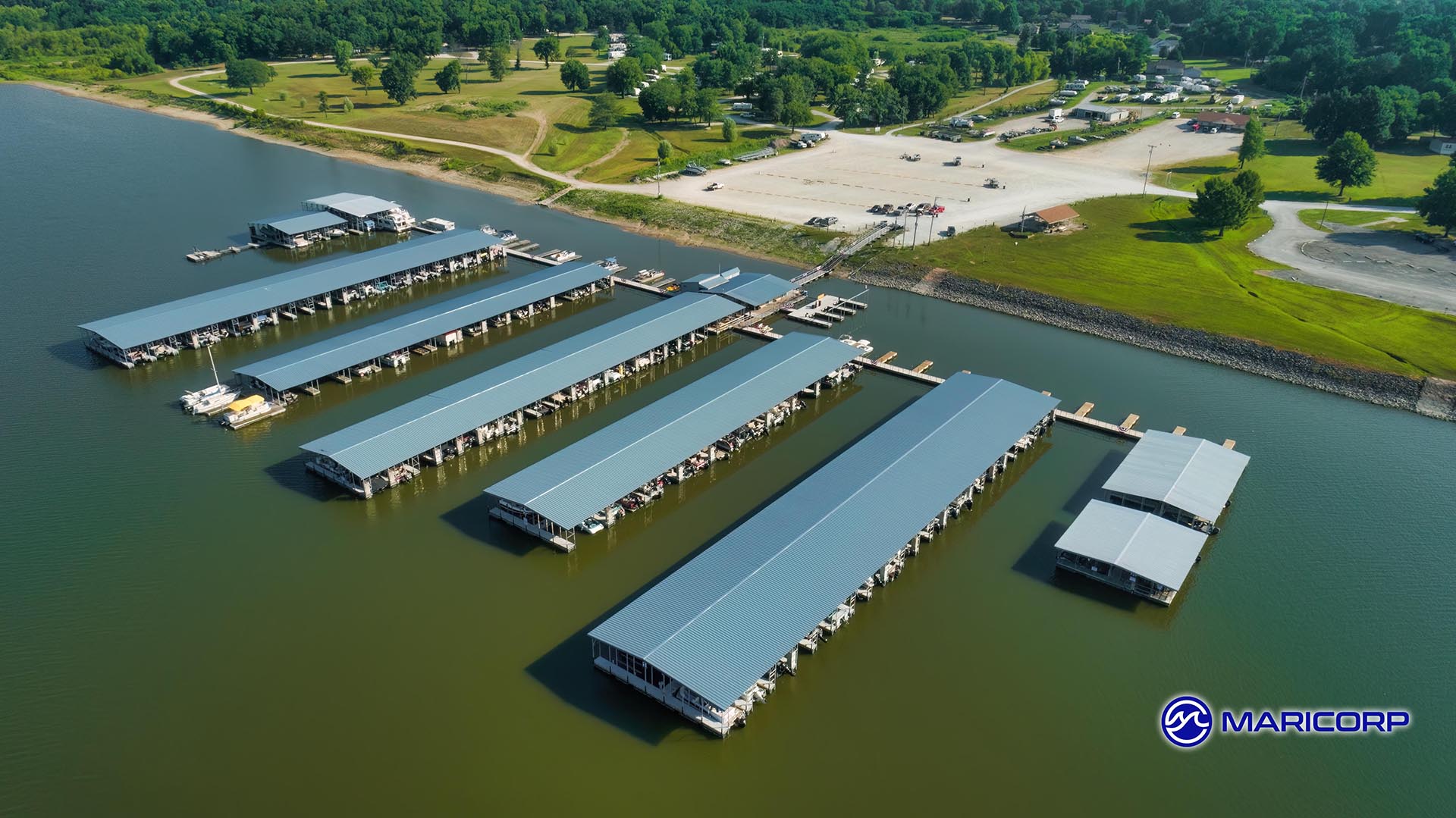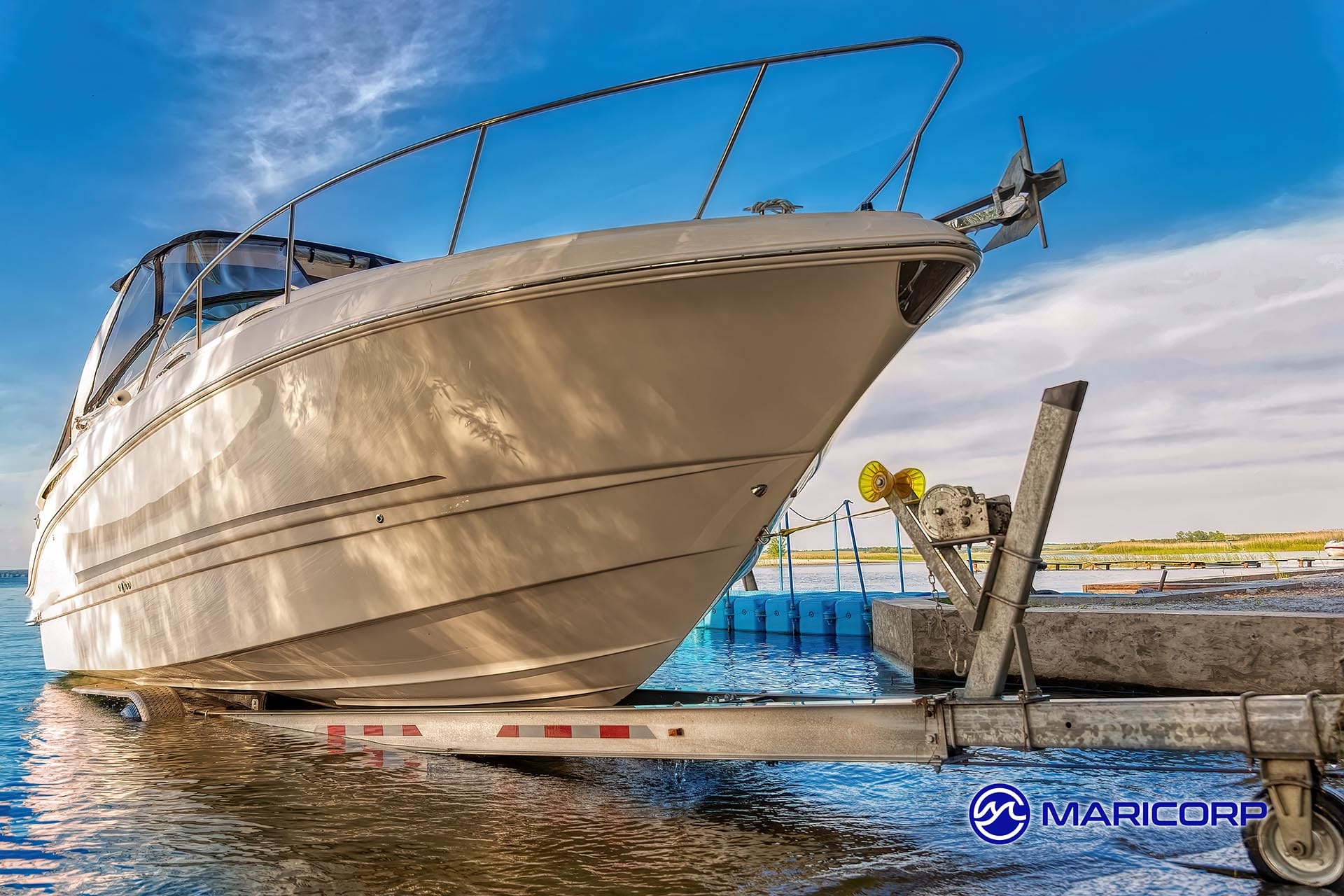CHOOSING A LIFE JACKET – THE FIRST STEP TO BOATING SAFETY
USCG INFORMATION ON LIFE JACKETS AND PERSONAL FLOTATION DEVICES (PFD)
One of the many mandated missions of the United States Coast Guard is marine safety, and all vessels operating on US waters must meet specific requirements when it comes to water safety. Here is some key information the USCG wants people to know about life jackets and personal flotation devices (PFD):
- Not all life jackets are designed to keep your face up and your head above water.
- Every boat must have a USCG approved life jacket for each person on the boat. Boats longer than 16 feet must have at least one Type IV throwable device as well.
- All states have differing regulations regarding children’s life jackets requirements.
- Adult size life jackets WILL NOT WORK for children.
- Life jackets should be tested for wear and buoyancy at least once a year.
- Life jackets must be properly stowed.
- A snug-fitting flotation coat or deck-suit style life jacket can help against hypothermia in cold water.
When choosing a life jacket, fit is an important factor. If the jacket is too big, your jacket will ride up around your face, and if too small, will not be able to keep your body afloat. Check the manufacturer’s label to ensure it is USCG approved and has the required buoyancy for your height and weight.
- Make sure the jacket is properly fastened.
- Hold your arms straight up over your head.
- Ask a friend to grasp the tops of the arm openings and gently pull up.
- Make sure there is no excess room above the openings and that the jacket does not ride up over your chin or face.
- For best results, try the life jacket in shallow water under safe and supervised conditions.
ADDITIONAL INFORMATION ABOUT THE 5 TYPES OF PERSONAL FLOTATION DEVICES
Type I life jackets or personal flotation devices (PFD) are used for open water and in rough conditions. These provide the most buoyancy and are designed to keep an unconscious person face up to prevent drowning until rescue. These are typically bright orange to provide high contrast against water. They have a minimum of 22 pounds of buoyancy and are generally bulky and uncomfortable.
Type II devices are good for general use in waters close to shore where rescue is close at hand. These vests wrap around the neck and buckle on the front with a strap. These are not very comfortable to wear for extended periods. Inherently buoyant jackets have a minimum 15.5 pounds flotation, and inflatable jackets have a buoyancy of 33 pounds.
Type III jackets are also designed for calm waters not far from shore. As some of the most comfortable jackets available, these are popular for boating activities, such as fishing and waterskiing and come in a variety of styles and colors. Minimum buoyancy is 15.5 pounds for inherently buoyant jackets and 22.5 pounds for inflatable jackets.
Type IV devices are not meant to be worn. Like the classic lifesaving ring, these are thrown overboard to someone who is in the water. Boat cushions are another common Type IV device. Cushions are required to have a minimum of 20 pounds buoyancy, and lifesavers or ring buoys are required to have a minimum of 16.5 pounds. All vessels in excess of 16 are legally required to have at least one Type IV PFD.
Type V PFD are the largest category and include all other devices not falling within Types I-IV. This category includes special use devices, like hybrid inflatables (partially buoyed by foam in combination with an inflation device), canoe and kayak vests, commercial work vests and belt pack inflatables worn around the waist. Inflatables have a minimum buoyancy of 22 to 34 pounds, and inherently buoyant devices 15 to 22 pounds. For these devices to be considered a PDF by Coast Guard Standards, they must be worn. Having the required number on your boat will not pass a random inspection – they must be worn by everyone on the vessel.
For additional information on USCG boating safety, visit their Boating Safety website.
Additional safety articles:








